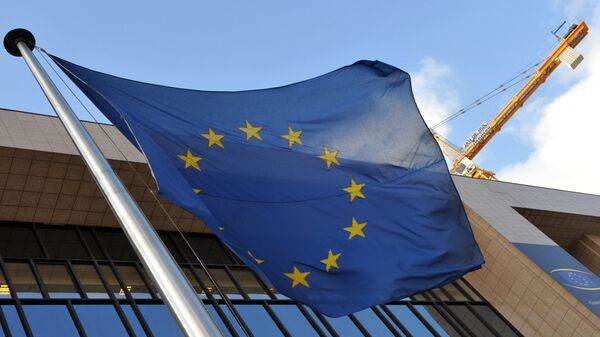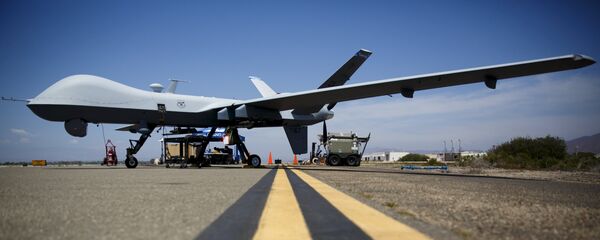"A primary role of this policy framework is the development of cyberdefense capabilities, as well as the protection of the EU CSDP [Common Security and Defence Policy] communication and information networks. Other priority areas include: training and exercises, research and technology, civil-military cooperation and international cooperation," the document read.
"Civil-military cooperation in cyberfield is key to ensure a coherent response to cyberthreats," the document stipulates.
At their meeting held in Brussels on October 18, the EU leaders focused on combating cyberwarfare, pledging to strengthen EU "deterrence" and 'resilience" against various kinds of threats. The participants of the summit also voiced the need to adopt "all cybersecurity proposals" before May 2019, when the elections to the European Parliament will be held.
READ MORE: EU Summit Ends With Brexit Deadlock, Migration, Security Threats in Spotlight
On October 18, the European Council stressed the necessity to build strong cybersecurity within the bloc, emphasizing the importance of raising the capability to respond to cyberattacks. The updated version of the document aims at developing EU cyberdefense policy, taking into account the changing security challenges. The document specifies the priority spheres of the cyberdefense, while it also "clarifies the roles of the different European actors."
"The JEIS, in collaboration with member states, NATO CoEs, Intelligence and Security Services, will provide education and training in intelligence disciplines and other specific fields to EU member states intelligence personnel," the updated list of EU Permanent Structured Cooperation (PESCO) projects said, noting that the initiative was adopted on November 19.
It is planned that 25 of the EU 28 member states will be a part of the future project — except for Denmark, Malta and the United Kingdom, a source familiar with the issue told Sputnik.
READ MORE: UK Ex-Intelligence Chiefs Warn Brexit Could Undermine Data Exchange With EU
The need to create supranational joint intelligence agencies and train joint intelligence staff has been set out in the Maastricht Treaty of 1992, however, the EU member states used to have disagreements regarding the establishment of a joint European intelligence service.
In addition, the EU defense ministers also adopted on Monday a plan, under which the number of joint EU defense and security projects will double to 34, with the new projects being related to unmanned aerial vehicles suppression, tactical missile systems, electronic warfare systems, and chemical threat tracking systems.
A total of 10 EU countries will participate in the development of the Integrated Unmanned Ground System, set to transport various payloads and sensors.
Germany, the Czech Republic, Spain, France, and Italy will engage in the creation of the European Medium Altitude Long Endurance Remotely Piloted Aircraft Systems, while Germany and Cyprus will be tasked to establish a Joint EU Intelligence School, where EU intelligence personnel will receive education and training.
READ MORE: UK, EU Agree on British Military Bases in Cyprus, Gibraltar




